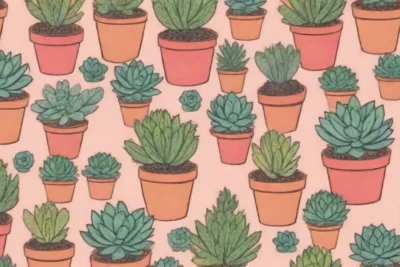
A Deep Dive into Gigantic Succulents for Your Garden Oasis
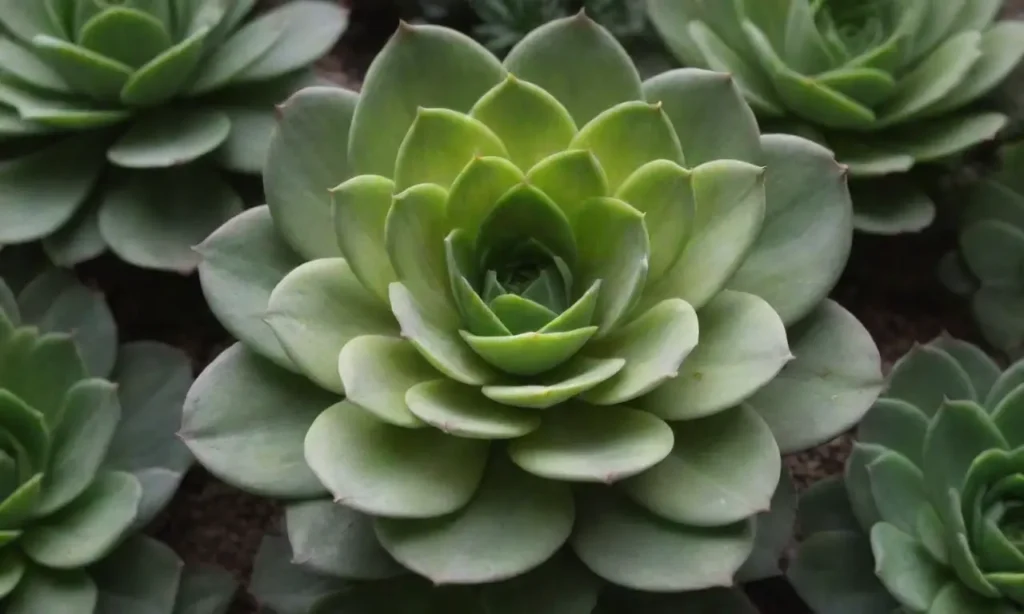
Introduction
Succulents have long been known for their unique beauty, resilience, and ability to thrive in challenging environments. Among the myriad of leafy greenery and colorful blooms, gigantic succulents stand out not just for their sheer size, but also for their captivating aesthetic that adds a bold statement to any garden oasis. These oversized plants transform ordinary landscapes into extraordinary retreats, drawing the eye and inviting admiration with their impressive forms.
In this article, we will explore the fascinating world of gigantic succulents, shedding light on their varieties, cultivation, care, and how they can enhance your garden design. Whether you are an experienced gardener or just starting out, you will find valuable insights into incorporating these remarkable plants into your outdoor space, thereby creating a stunning oasis that thrives on minimal water and maintenance.
Understanding Gigantic Succulents
Gigantic succulents, often referred to as cacti and aloes, are unique plants that store their water in specialized tissues, allowing them to endure drought conditions. Varieties such as the Agave and the Aloe Vera not only make for stunning focal points but are also incredibly hardy. With species like Agave Americana (commonly known as century plant) reaching heights of over 6 feet, it’s clear why gardeners are enamored by these imposing plants.
It’s essential to grasp the sheer diversity within the world of gigantic succulents. They can range from fleshy, rosette-forming plants to towering, spiky specimens. Many species are native to arid environments, particularly in regions such as Mexico and parts of the Southwestern United States. The adaptability of these plants is derived from their unique cellular structure, which prevents water loss, enabling them to flourish where few other plants can survive.
Moreover, gigantic succulents aren't just practical; they also embody a unique design potential. Their structural forms lend themselves to various design aesthetics— from modern minimalism to rustic desert themes. Their intriguing colors range from deep greens to varied shades of blue, silver, and even red or purple, thereby adding visual interest to any location.
Choosing the Right Gigantic Succulents for Your Garden
When incorporating gigantic succulents into your garden oasis, it is crucial to select the right varieties based on your local climate and intended aesthetics. Popular options include the Saguaro cactus, Euphorbia ingens, and the aforementioned Agave Americana, each offering unique attributes.
Steps to Selecting the Right Varieties
Evaluate Your Climate: Right from the outset, consider the climate you live in. Gigantic succulents are particularly well-suited for dry climates with plenty of sunlight. It’s advisable to research whether your specific area’s conditions align with the characteristics of the succulent species you want to cultivate.
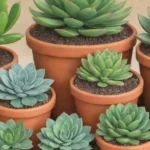 How to Create a Balanced Succulent Garden with Size Variations
How to Create a Balanced Succulent Garden with Size VariationsAssess Space and Design: Think about your garden’s overall layout. If you want to create a focal point, opt for larger specimens like the Cardon Cactus or Aloe Ferox. Place these in a way that emphasizes their height. These elements create an eye-catching contrast against lower-growing plants or ground cover.
Consider Companion Plants: To maximize visual impact, you can create dynamic combinations of gigantic succulents with other drought-tolerant plants like sedums, agastache, or native grasses. This not only provides depth to your garden but allows you to explore various textures, colors, and heights.
Preparing Your Garden Oasis for Succulents
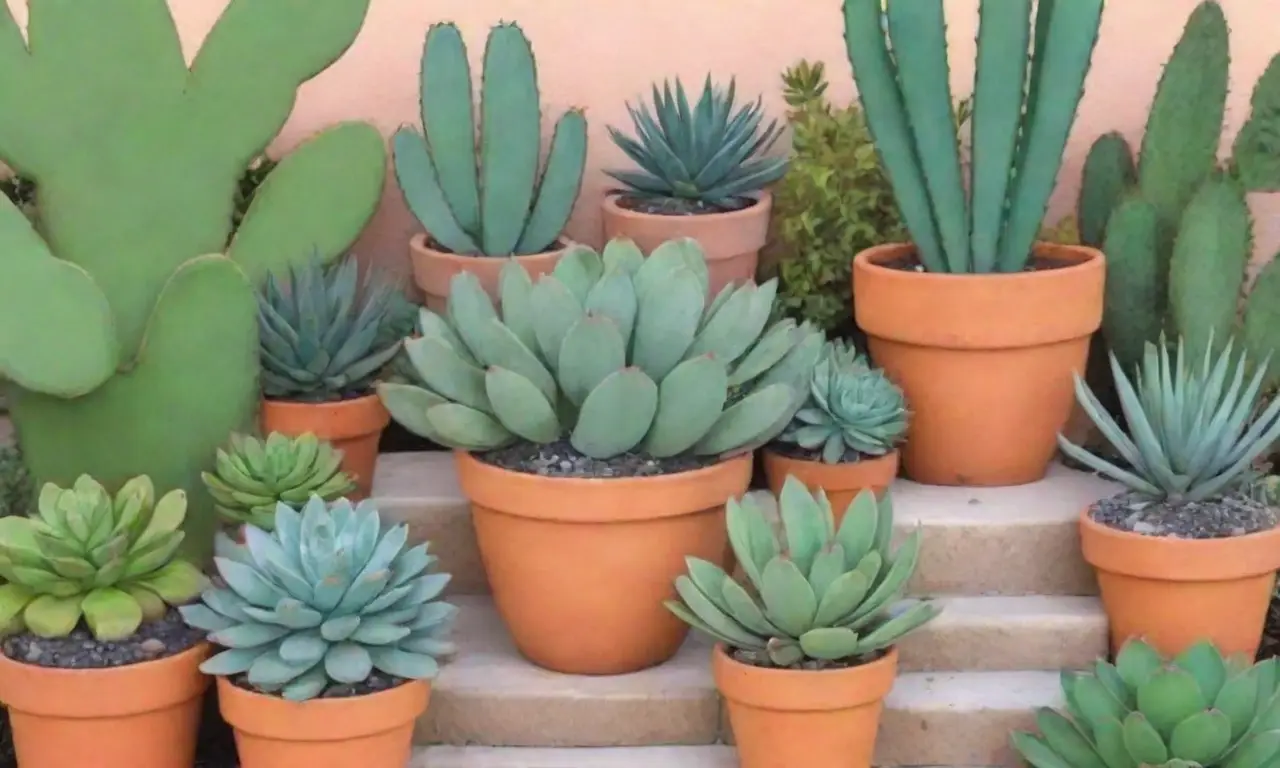
Creating an ideal environment for your gigantic succulents is essential. Though they are resilient, proper preparation can ensure they flourish in your garden oasis.
Soil Requirements
The type of soil you use is vital to ensuring the health of your succulents. A well-draining soil mix is essential, as succulents are susceptible to root rot. You can create an ideal substrate by mixing potting soil, perlite, and sand in equal parts. This mixture should allow for good drainage and aeration, helping the roots to thrive without being waterlogged.
Sunlight and Watering Needs
Gigantic succulents generally prefer full sun conditions, which means they need at least six hours of direct sunlight per day. When planting, find an area that receives ample sunlight and is shielded from strong winds that can damage frail stems and leaves.
As for watering, the rule of thumb for these plants is to "water less." During the growing season (spring and summer), allow the soil to dry completely before rehydrating. In contrast, during winter dormancy, limit watering to prevent the plant from becoming overly saturated.
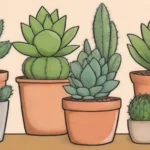 How to Choose the Right Size Succulent for Your Home Decor
How to Choose the Right Size Succulent for Your Home DecorCreating Microclimates
Creating microclimates in your garden can significantly benefit your gigantic succulents. Use structures like walls, fences, or windbreaks to help control airflow and minimize extreme temperatures. Furthermore, incorporating gravel or mulching around the base of your plants can help reflect light and maintain warmth while reducing weeds.
Maintenance and Care for Large Succulents
Caring for gigantic succulents, while minimal in nature, still requires attention to detail to ensure they continue to thrive in your garden oasis.
Pest Control
One of the prevalent issues with succulent care is pest infestations. Look out for pests such as mealybugs, aphids, or scale insects, which can compromise the health of your plants. Regular inspections and ensuring good air circulation can help minimize pest issues. If you notice an infestation, treat it immediately with insecticidal soap or a mixture of water and mild dish soap.
Pruning and Propagation
Understanding when and how to prune your gigantic succulents is essential for their health and growth. Worn-out leaves can detract from the plant's appearance and divert energy from healthy growth. Pruning should be done during the growing season in the spring or summer, using clean, sharp tools to avoid damage.
Additionally, many succulents are relatively easy to propagate. You can successfully propagate many large succulent varieties from either leaf cuttings or offsets. Simply allow the cut surface to heal before planting it into your prepared soil mix, ensuring good drainage.
Seasonal Care Adjustments
Seasonal changes may necessitate adjustments in care. During colder months, remember to monitor your succulents more closely for frost damage. If temperatures drop significantly, consider covering your plants or moving potted varieties indoors to protect them from extreme conditions.
Conclusion
Incorporating gigantic succulents into your garden oasis is not only a captivating choice but also fosters an environment that thrives on minimal maintenance. Their unique forms, combined with vibrant colors, add depth and personality to outdoor spaces. Understanding varieties, making informed choices during the selection process, and mastering care techniques ensures success.
 Fascinating Varieties of Medium-Sized Succulents Explained
Fascinating Varieties of Medium-Sized Succulents ExplainedAs you embark on your journey with these extraordinary plants, embrace the art of gardening while enjoying the process of growth and transformation within your outdoor oasis. Not only will you cultivate a stunning garden filled with towering succulents, but also a serene retreat that reflects your personal style. With thoughtful planning, creativity, and love for nature, your gigantic succulents will flourish and enchant all who encounter them. Happy gardening!
If you want to read more articles similar to A Deep Dive into Gigantic Succulents for Your Garden Oasis, you can visit the Size variations category.

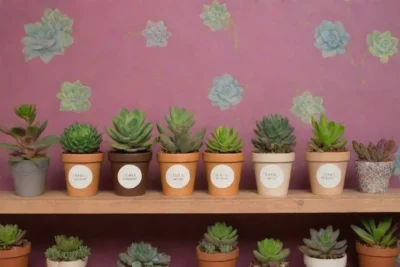
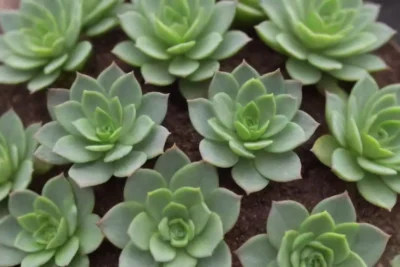
You Must Read